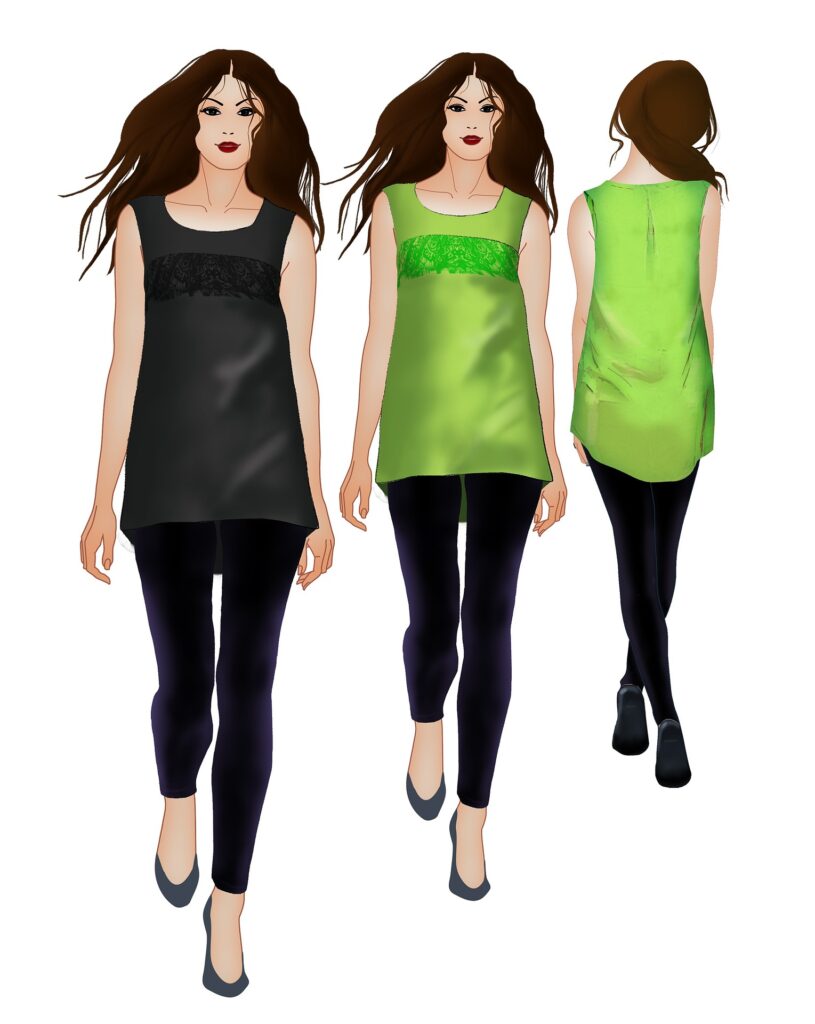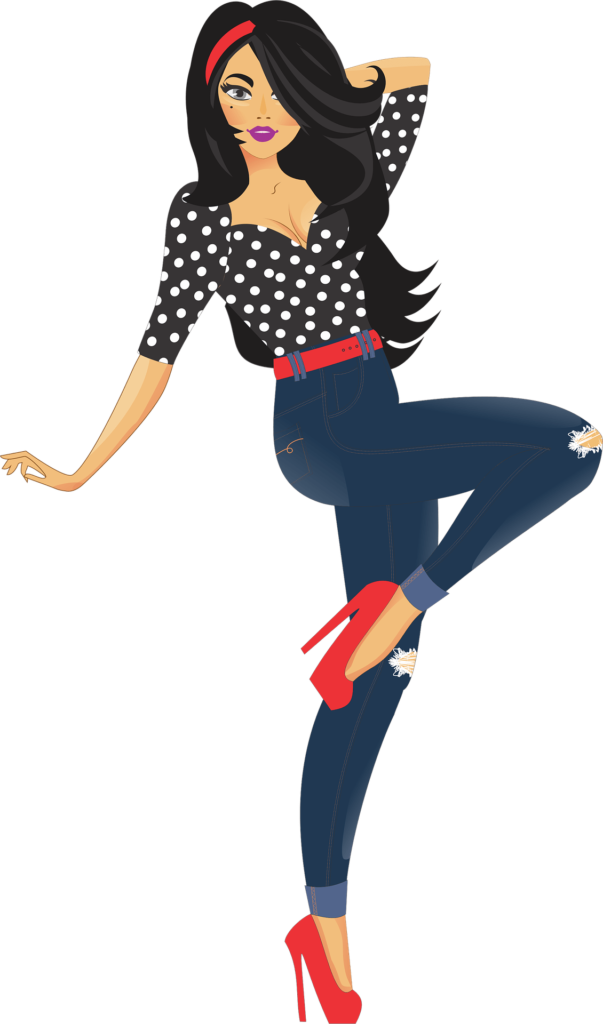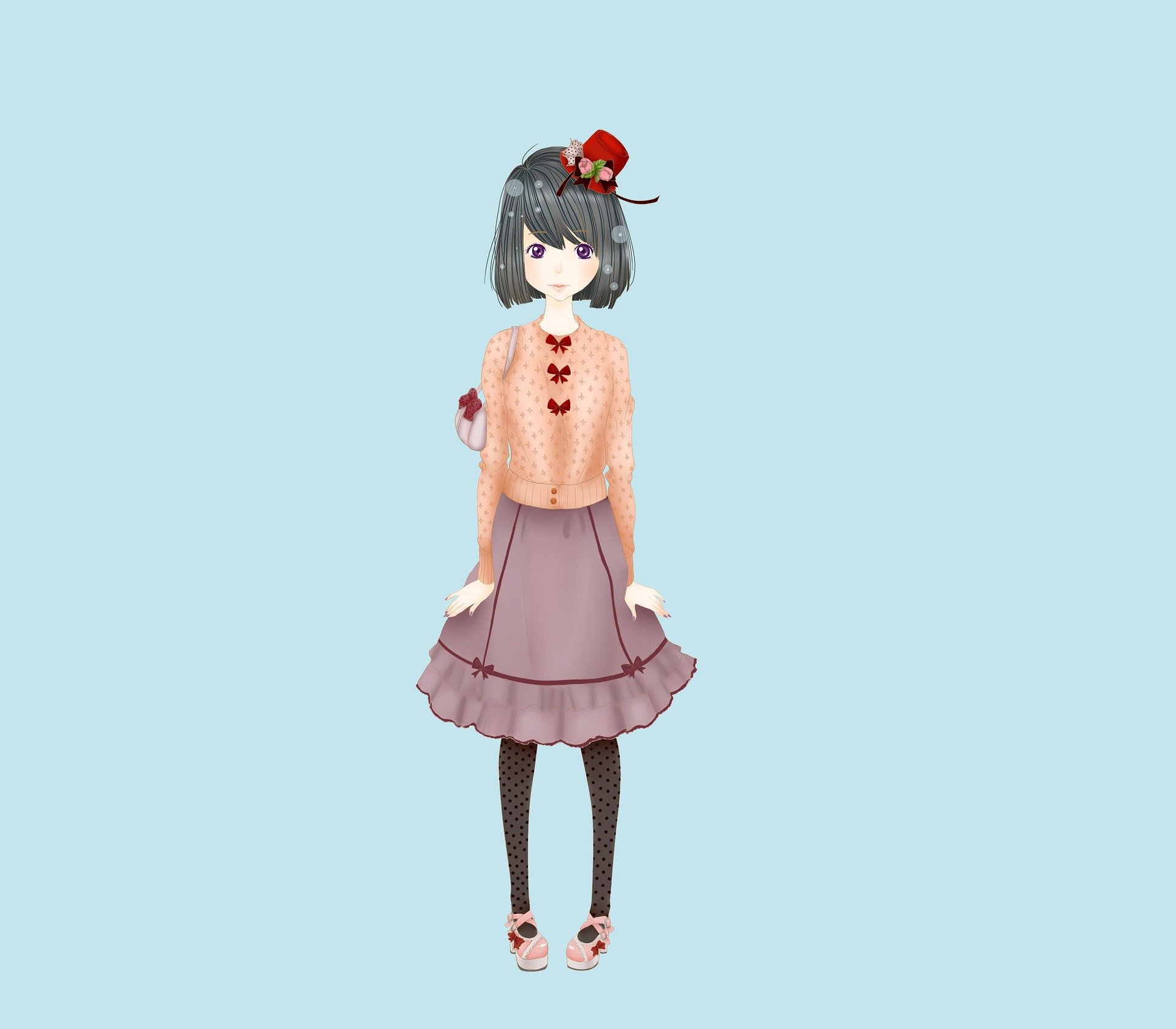A fashion idea starts with the person in mind for whom it is conceived for. Depiction of a garment design has to care largely about the body type and personality of the wearer. This forms the basic purpose of conceptualizing a design and illustrating it.
Fashion illustration is the art and technique of depicting garments to elaborate on the various features of a garment. It’s the true sketch of all aspects of the garment right from the fabric type to its colour, patterns and dynamics in real life.
Know it Before You Draw it
Anatomy is a very basic factor considered while creating a garment sketch. The body types to consider are broadly classified as rectangle, pear, inverted triangle, apple and hourglass. So, you have to decide what will be the wearer’s physical appearance and choose a croquis to start with.
As you advance in learning anatomy for fashion at an institute of fashion designing, you will come across specific body features that may have your attention. Thus, you may also consider a curvy woman with tiny waist, a woman with hips having the size of her waist or a woman with heavier mid section but a slimmer body. These are more subjective cases though.

Drawing a Fabric Realistically
Fabric is the next major factor. There are many fibres and hence cloth types that are used to make garments, each with their particular properties. Using curves, lines and shades, the specific features of each fabric type is clearly presented. A realistic presentation is recommended as it makes perception and appreciation easy and plausible. The skill to this effect is developed with proper guidance and understanding gained at fashion designing institutes.
There are two elements that are important to garment sketching: texture and weight. Smooth fabrics like silk can be illustrated with lengthier and curvier lines while crispier fabrics like crepe can be drawn using more angular and straight lines.
Shading plays a big role in presenting qualities like lustre and smoothness. The right choice of drawing/painting tools can deliver a very accurate representation. Patient detailing gives great results. But that also depends on the type and style the garment belongs to.
Patterns and Colours
The aim of fashion illustration is to maximize the visualization, realized by detailed and accurate sketching of elements like patterns, prints, patches and accoutrements. Faculty of fashion designing colleges urge their students to be complete in their visualization of the garment design.
So even the colours are chosen and accurately presented so that the end product comes out exactly as visualized.

Expressions, Poses and Activity
When the model on which the garment is draped in the sketch is presented as more expressive and active, the scope to depict the real dynamics and looks of the garment increases. It makes a lot of sense to match expressions with the context for which the dress is meant for. For example, if the garment is more formal, the model could look more collected and focused unlike a jovial and smiling model who should be apt for casual or festive wear.
Backdrops and Accessories
If there’s anything that completes the illustration in style, it has to be the proper presentation of matching accessories and suiting backdrops. Even hairstyles can make the presentation of a collection much meaningful, stylish and expressive.
All this should make you think deeper and act wiser when you go about fashion illustration.

